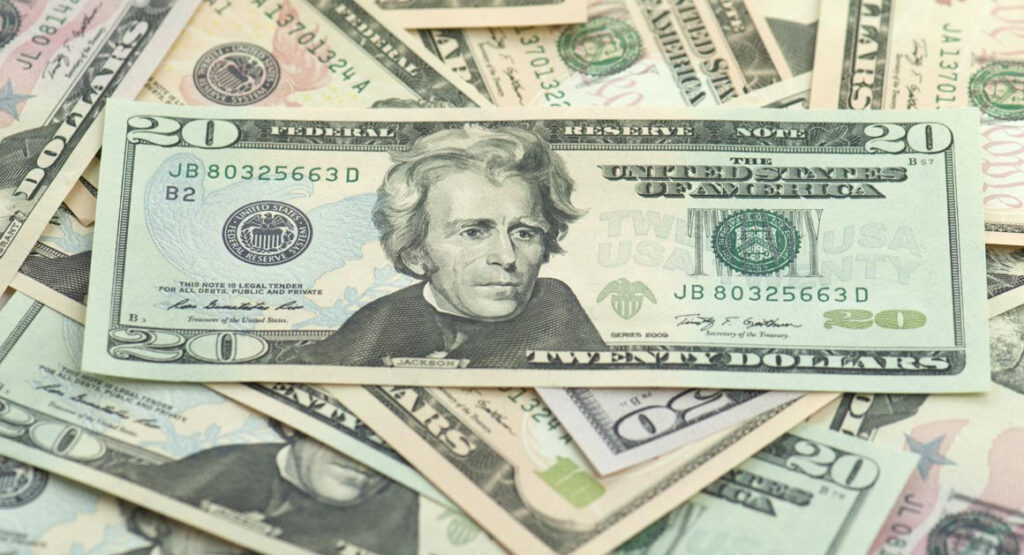January 8, 1835, stands as a unique date in the financial history of the United States. It was on this day that the U.S. achieved what seems almost unimaginable today – the national debt was completely paid off, reaching zero for the first and only time in the nation’s history. This remarkable financial milestone, occurring under President Andrew Jackson’s administration, is a story of economic strategies, political ideologies, and a glimpse into a different era of fiscal policy.
The Backdrop of Economic Change:
The early 19th century was a period of significant economic transformation in the United States. Following the War of 1812, the country faced a substantial national debt. However, the post-war years ushered in a period of growth and prosperity, characterized by expanding territories and a booming cotton industry, which significantly bolstered the nation’s economy.
Andrew Jackson’s Economic Policies:
Andrew Jackson, the seventh President of the United States, held a firm belief in a debt-free nation and harbored a deep-seated mistrust of banks and paper money. His presidency, beginning in 1829, was marked by efforts to reduce the federal debt, which he viewed as a moral failing and a national threat. Jackson’s aggressive payment of the national debt was coupled with his controversial decision to veto the recharter of the Second Bank of the United States, a move that reflected his opposition to what he perceived as a concentration of financial power.
The Path to Zero Debt:
The journey to eliminating the national debt involved a combination of fiscal policies, including budget cuts and the diversion of funds from profitable government-owned enterprises. The economic boom of the era played a significant role, with increased revenue from land sales and tariffs contributing substantially to government coffers. By January 8, 1835, the concerted efforts of Jackson’s administration and favorable economic conditions allowed the U.S. to pay off the last of its national debt, amounting to approximately $75 million at the time.
Celebrations and Consequences:
The achievement was celebrated across the country, with bells ringing in Philadelphia and a grand dinner in Washington, D.C. However, the triumph was short-lived. The policies that led to this zero-debt situation, especially the banking reforms and the Specie Circular that mandated payments for government lands be made in gold and silver, contributed to the Panic of 1837, a significant financial crisis that led to a severe economic depression.

Historical Significance and Legacy:
The extinguishing of the national debt in 1835 remains a singular event in American history. It highlights a period when the economic philosophy and policies vastly differed from those of today. While Jackson’s achievement was lauded by many, the subsequent economic downturn raised questions about the sustainability and impact of his financial strategies.
Conclusion:
The narrative of the United States national debt reaching zero under Andrew Jackson’s presidency provides a fascinating lens through which to view the complex interplay of economics, politics, and ideology. It serves as a reminder of the evolving nature of fiscal policy and the enduring debate over national debt and economic management. As we look back on this momentous occasion, it stands as a testament to the ever-changing economic landscape of a growing nation.







What do you think?
Show comments / Leave a comment